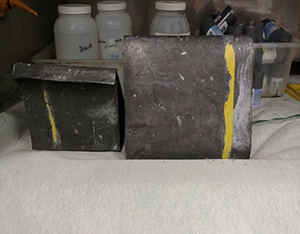About UMB History, highlights, administration, news, fast facts
- Accountability and Compliance
- Administration and Finance
- Center for Information Technology Services
- Communications and Public Affairs
- Community Engagement
- Equity, Diversity, and Inclusion
- External Relations
- Government Affairs
- Philanthropy
- Office of the President
- Office of the Provost
- Research and Development
- University Counsel
- Office of the President
- Administrative Officers
- Deans
- Boards of Visitors
- Faculty Senate
- Staff Senate
- University Counsel



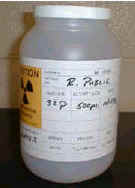
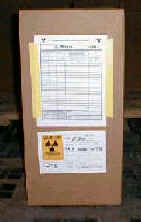
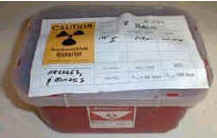
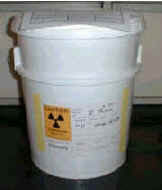 It is very important that the type and percent of scintillation fluid be noted on the "Caution Radioactive Material" label and the Radioactive Waste Removal Request Form.
It is very important that the type and percent of scintillation fluid be noted on the "Caution Radioactive Material" label and the Radioactive Waste Removal Request Form.